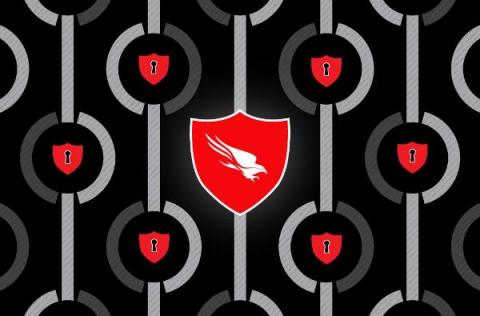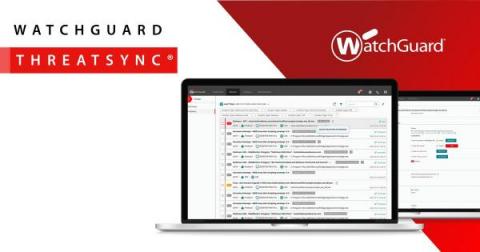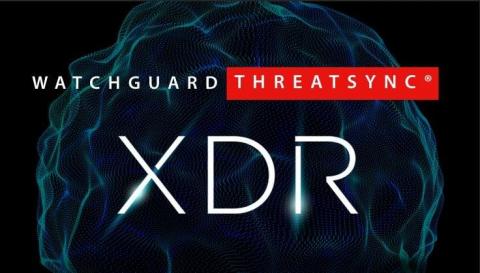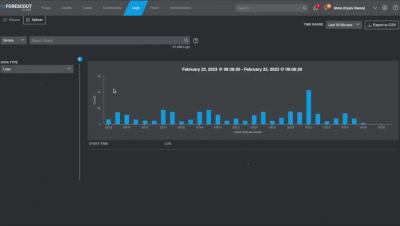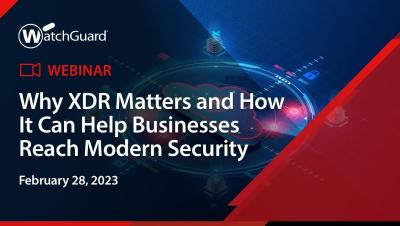CrowdStrike Brings Extended Detection and Response to New z16 and LinuxONE 4 Single Frame and Rack Mount Models
We are excited to collaborate with IBM, which today unveils its new IBM z16 and LinuxONE Rockhopper 4 single frame and rack mount models, available globally on May 17, 2023. Powered by IBM’s Telum processor, these new configurations are designed for highly efficient data centers with sustainability in mind. CrowdStrike customers can make more effective use of their data center space while remaining resilient in the midst of ongoing global uncertainty.


